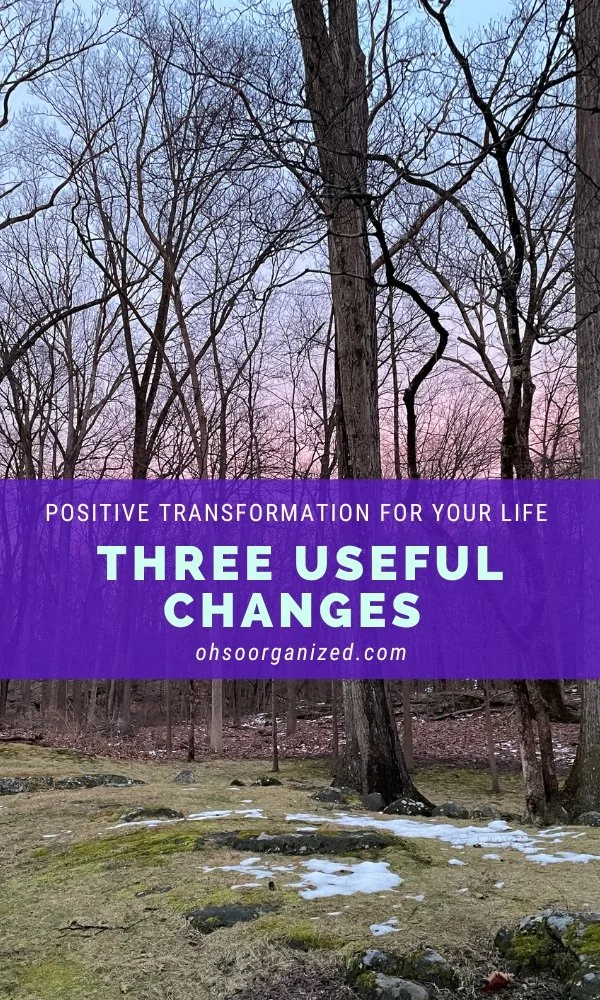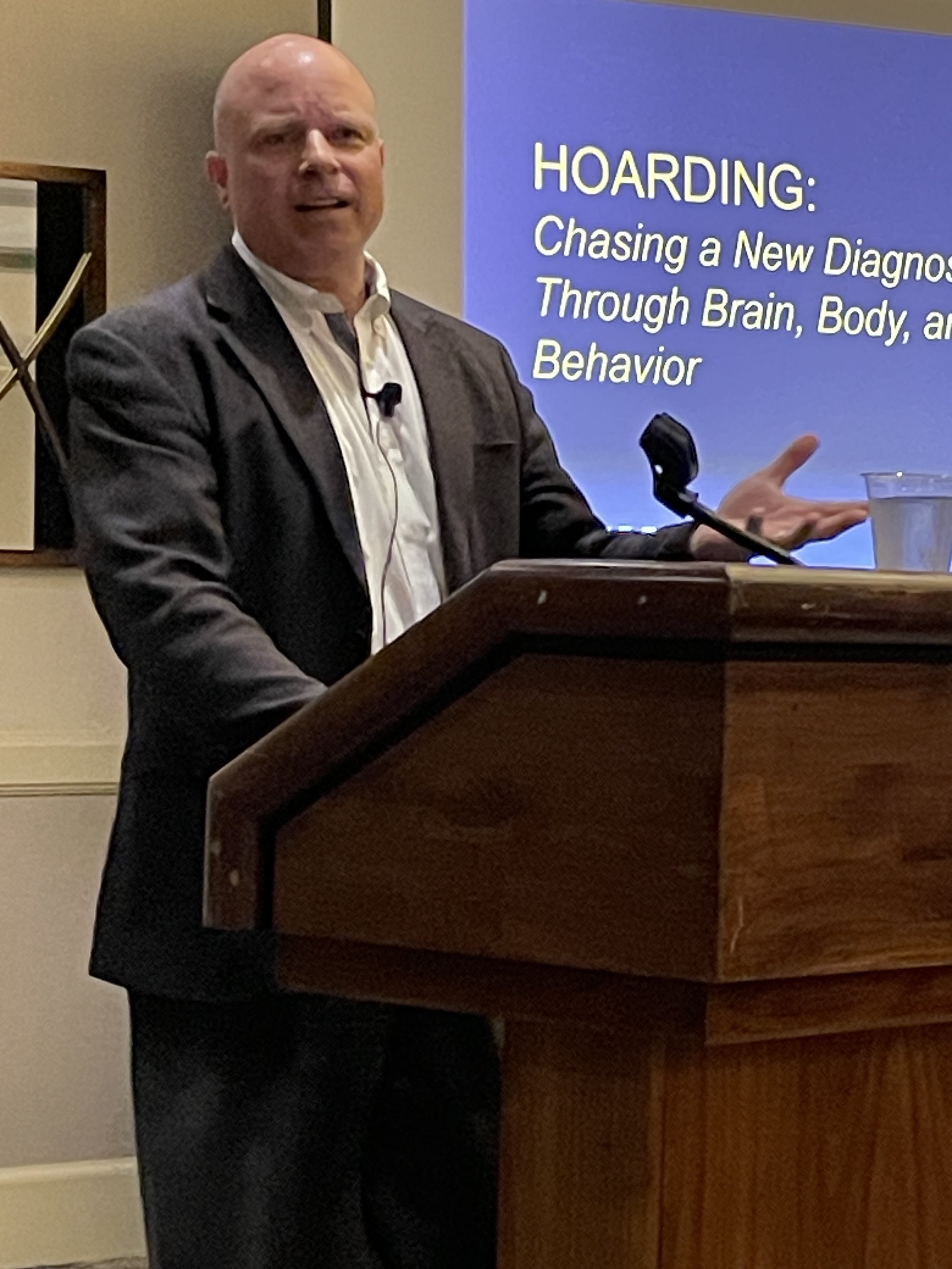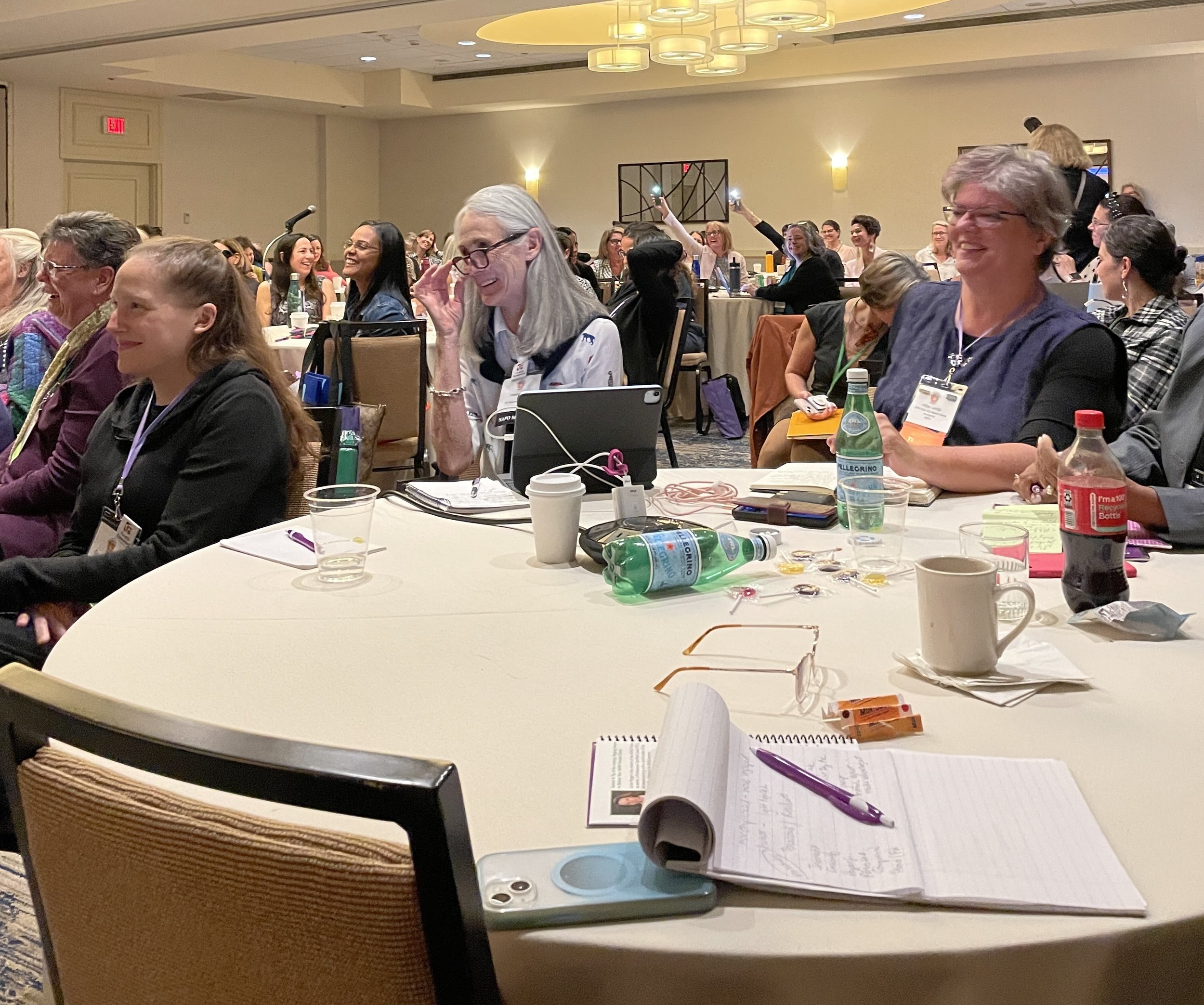Are you feeling exhausted after meeting a deadline or finishing a project? While hyper-drive may be necessary to reach completion, downshifting is essential afterward.
Over the past month, I worked hard on the chapter I wrote for the new ICD (Institute for Challenging Disorganization) book to meet their short, time-sensitive deadline. I am excited to have written the chapter on client support and look forward to sharing more once it is published later this year.
How does this relate to fresh starts? The writing deadline straddled the end of one year and the beginning of another. The time I typically take to wrap things up and reimagine what’s next was allocated to the book project. Instead of slowing down as the year closed, things sped up and kept going until earlier this week when I submitted my draft.
Completing the deadline helped reaffirm the necessity of taking a moment to breathe. This slow exhalation is the break I need to refocus my energy and plan what comes next. I identified several elements that I hope you’ll find helpful the next time you are about to switch gears.
3 Ways to Exhale & Refocus Your Energy
1. Reflect
Doing a post-deadline debrief, thinking about how I approached the book project and what I learned, was valuable and affirming.
These are some reflections:
Clarified the chapter’s content and description with the committee
Made time estimates for how long it would take to write the chapter
Scheduled writing blocks on my calendar
Said “no” to things that would distract from my objectives
Remained flexible with scheduling and idea development
Developed an outline of topics to cover
Made a plan for how to approach the various sections
Hired an accountability partner (thank you, Lana) to keep me on track
Set weekly goals
Logged hours and other metrics
Journaled
Another aspect I noticed was how my weekly blog writing routine prepared me for this project. My well-established writing tools and rituals made writing easier during the scheduled “ICD Book Project” writing blocks. When things didn’t go well during a particular block, I wasn’t discouraged, as I knew it was a normal part of the writing. I had built up resiliency through experiencing similar ups and downs with blogging.
Hiring an accountability partner was incredibly beneficial for the book project, especially because of the tight deadline. It was also fascinating to experience and fully appreciate the benefits from the “lived” perspective. While I have received a lot of positive feedback from my clients, I better understand why they say having me as their accountability partner is helpful. I get it.
2. Sense
I just finished reading a wonderful book How to Winter, by Kari Leibowitz, PhD. I highly recommend it, especially if you’re interested in the far-reaching benefits of developing a “positive wintertime mindset.”
One of the things that she wrote about was how to develop an awareness of those things you love about winter, like:
the “fresh” smell of the air that slow-moving molecules create
the cozy warmth of being around a firepit
the delight of sipping hot cocoa with marshmallows or
the happy sensation of curling up with a warm blanket and book
While I engage regularly with my senses, I noticed how they were heightened during this transition time because I was reading Leibowitz’s book. When I was outside, instead of thinking about how cold I was, I breathed in the crisp air and appreciated the cyclical nature of the dormant, bare trees. Instead of feeling guilty for wanting to go to bed earlier, I recognized the value of rest and delighted in the visceral calming effects of my bedtime rituals.
Appreciating and sensing is a gentle way to experience presence and gratitude for what is here now. Lingering in this presence through my senses removes concern about what will be next and helps replenish my energy.
Of all things, as if on cue, the snow just started falling. At first, the flakes were sparse and descended slowly. Then, the flow and pace increased as the sky and landscape turned white. We’re expecting five to seven inches of snow over the following hours. I’m so excited! Perhaps there will be some hot cocoa in my future. A white covering will soon transform everything. Talk about a clean slate! It’s the perfect visual to encourage a fresh start.
“While hyper-drive may be necessary to reach completion, downshifting is essential afterward.”
3. Nourish
Engaging in nourishing activities that support your well-being is another way to slow down and refocus your energy. When you have exerted a lot of effort, balancing it with restorative practices is vital.
My supportive activities include meditation, yoga, walking, and journaling. There are others, too, like exploring new places, seeing friends and family, watching movies, eating healthfully, or getting enough sleep.
And then there’s soup—yes, soup! Making and eating soup is a thoroughly enriching activity for me. I love washing and chopping ingredients, adding them to the big pot, and creating a delicious meal with a few simple, fresh items.
After hours of simmering, my husband and I will share this hot meal as we look out the dining room window into the chilly night, watching the snow gently fall. Maybe we’ll even eat by candlelight. If that’s not cozy and nourishing, I don’t know what is.
What helps you slow down and restore energy? How can taking a restorative break energize your fresh start? I’d love to hear your thoughts. I invite you to join the conversation.
How Can I Help?
Do you want support organizing, planning, or restoring energy? I’d love to help! Virtual organizing is an extraordinary path forward – A local feel with a global reach.
Please schedule a Discovery Call, email me at linda@ohsorganized.com, or call 914-271-5673. Change is possible, especially with support.


















